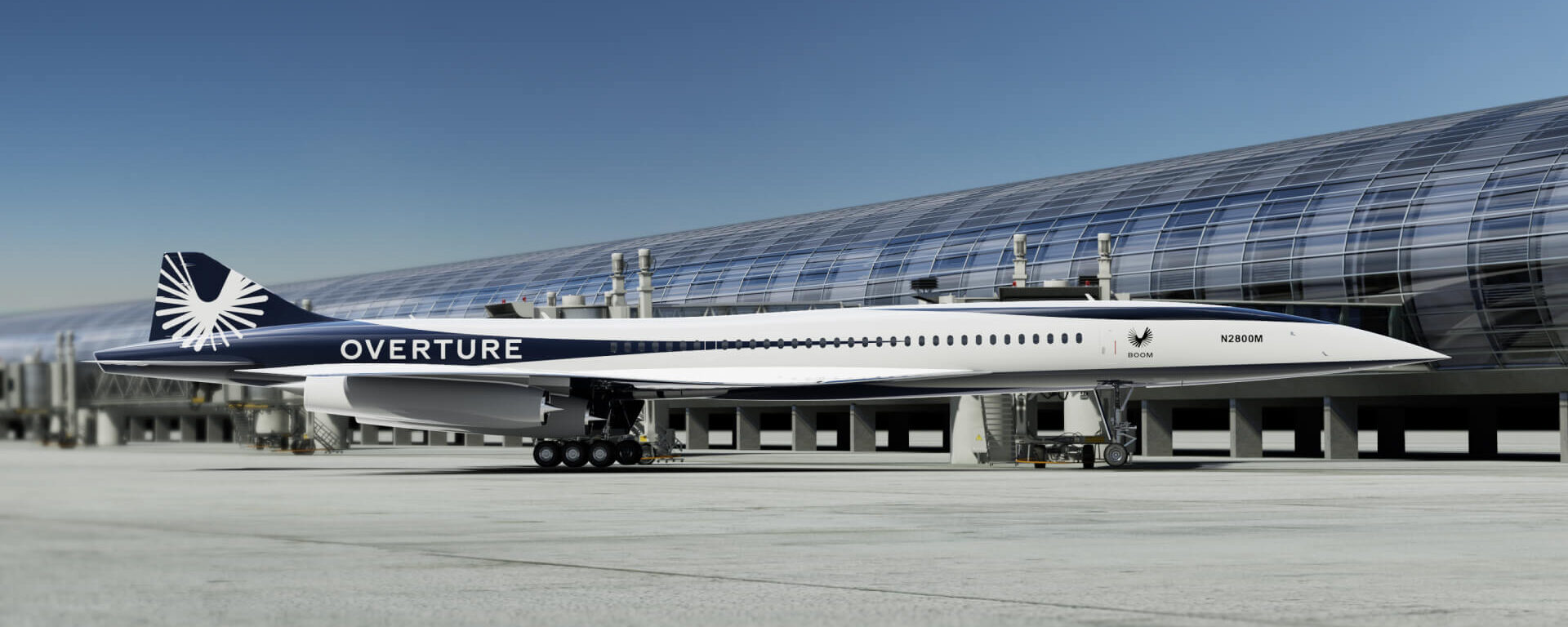In the realm of aviation, a new era is on the horizon, and it’s all about supersonic travel. Boom Supersonic, a company at the forefront of this revolution, has been making significant strides in recent months that promise to change the way we fly. With the successful clearance of their XB-1 prototype for test flights and the rapid progress of their Overture Superfactory construction, Boom is taking giant leaps towards the dream of commercial supersonic flight. Let’s delve into when Boom Supersonic’s Overture will first take flight and what it means for the future of air travel.
The Path to Overture
The XB-1 prototype represents a pivotal moment in Boom’s ambitious plan to reintroduce commercial supersonic air travel. According to Boom’s CEO Blake Scholl, their Overture aircraft has the potential to make supersonic flight mainstream. If all goes well with the XB-1 testing, Boom’s aim is to roll out the Overture craft by 2026, with the first flight scheduled no sooner than 2027.
A Concorde Successor
Overture is poised to be the successor to the last commercial supersonic aircraft, the iconic Concorde, which graced the skies between 1969 and 2003. The Concorde’s final supersonic passenger flight took place on October 24, 2003, when it soared at twice the speed of sound between John F. Kennedy International Airport in New York and Heathrow Airport in London, carrying 100 passengers.
Unparalleled Speed and Efficiency
The Overture, measuring an impressive 201 feet in length, is set to reach a cruising speed of Mach 1.7. This means it will travel over land 20% faster than current commercial aircraft and over water twice as fast as today’s fastest airliners. It’s designed to accommodate between 64 and 80 passengers and will operate using 100% sustainable aviation fuel, reflecting Boom’s commitment to reducing the environmental impact of supersonic travel.
Revolutionizing Air Travel
Boom envisions a future where supersonic travel isn’t reserved for the elite but is accessible to everyone who flies. Scholl emphasizes that flights on the Overture will be available to tens of millions of passengers on hundreds of economically viable routes across continents. This includes not only classic routes like London to New York but also Tokyo to Seattle, Dubai to Heathrow, Los Angeles to Sydney, Sydney to Perth, and Miami to Madrid.
Quieter and More Considerate
One of the major criticisms faced by the Concorde was its sonic boom, which led to restrictions on flying over land and opposition from communities. Overture addresses this concern by being significantly less noisy than its predecessor. Unlike the Concorde, it won’t have afterburners, and its jet exhaust will be subsonic during departure. In practice, the aircraft will only reach supersonic speeds over water, making it more considerate of noise pollution and blending in with existing subsonic models.
Boom Supersonic’s Overture represents a leap into the future of aviation. It promises not only to reduce travel times significantly but also to make supersonic flight more sustainable and accessible to a broader range of passengers. With its potential to revolutionize the way we traverse the globe, the Overture is set to write a new chapter in the history of air travel, picking up where the Concorde left off and propelling us into a new era of supersonic possibilities.

